Photographs: Courtesy, GITPRO Ritu Jha in California
Wearable technologies are also contributing to the increased use of Big Data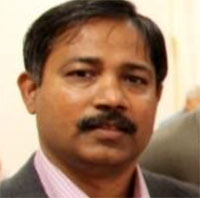 About 450 information technology professionals attended the Global Indian Technology Professionals Association World 2014 conference in Palo Alto, California on April 12.
About 450 information technology professionals attended the Global Indian Technology Professionals Association World 2014 conference in Palo Alto, California on April 12.
Created to bring together Indian-origin professionals working in software and hardware, GITPRO hosted its first public conference in 2009.
Since then mainly Silicon Valley techies as well as speakers, analysts, and venture capitalists come together under one roof for the day-long conference.
“GITPRO provides a networking platform for technology professionals of Indian origin,” Khanderao Kand (Left), founder, GITPRO, told Rediff.com. “So that they can learn and prosper in their career, skills and entrepreneurship.”
“We want Indian technology professionals to be leaders. The second focus is to inspire them to give back to the society in terms of skills, resources and leadership,” Kand said.
Click on NEXT for more...
Wearable devices, the big talking point at tech pros' meet
Image: In wearables, Google Glass created a buzz.Photographs: Reuters
The 2014 conference featured Big Data Use Cases, algorithm and platforms, NoSQL, SDN, NFV, Internet of Things, Cloud and social apps and, for the first time, a panel on Wearable Devices.
“What I am seeing is that after Social, Cloud, Mobile and Big Data, the next emerging waves are Internet of Things and Wearable Devices,” Kand said.
“In wearables, Google Glass created a buzz, while we are waiting for Apple iWatch. However, what we are going to see is not just electronic devices on the human body. Such devices in the form of digital watches, Bluetooth have been there for a while, but we are looking for connected and intelligence devices. We will see devices like smart health monitoring to gesture-based communicators.”
Click on NEXT for more...
Wearable devices, the big talking point at tech pros' meet
Image: Even Intel is keen on wearable devices.Photographs: Steve Marcus/Reuters
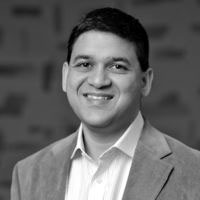 Even a company like Intel, which is known as a semiconductor chip maker, completed its acquisition of Basis Science, which specialises in wearable device technologies for health and wellness.
Even a company like Intel, which is known as a semiconductor chip maker, completed its acquisition of Basis Science, which specialises in wearable device technologies for health and wellness.
Vibhor Rastogi (Left) of Intel Capital told the audience that they were bullish on wearable devices 'on the sports and entertainment side.'
"At Intel we are not doing as much in healthcare fitness primarily because of the regularity aspects. It’s is hard in the US, at least it takes two years and before you know there is any market about… It’s out there," Rastogi said.
Thanks to regulations, Europe was a better place to build a device in the fitness wearable category than the US, he added.
Click on NEXT for more...
Wearable devices, the big talking point at tech pros' meet
Image: The wearable devices market was more active in the health sector at present.Photographs: Steve Marcus/Reuters
 Raj Gollamudi, director, Intel Capital, told Rediff.com, “Intel is in user technology, wearable devices because we think it’s the next big volume driver for compute power. We are not away from healthcare devices, but we are not focusing on the stack.”
Raj Gollamudi, director, Intel Capital, told Rediff.com, “Intel is in user technology, wearable devices because we think it’s the next big volume driver for compute power. We are not away from healthcare devices, but we are not focusing on the stack.”
Another expert who talked about wearable devices was Hamid Farzaneh (Left), chief executive officer, Sensoplex Inc, which builds high-performance wearable devices designed for cost-efficient volume production.
In a conversation with Rediff.com at the conference, he said the wearable devices market was more active in the health sector at present.
“One of the drivers of this market is the fact that now people realize that they can better quantify how they are doing physically,” he said, adding that especially for elderly people there was a big need for “health assistant devices.”
Click on NEXT for more...
Wearable devices, the big talking point at tech pros' meet
Image: People are reflected in the lens of a pair of Liquid Image Apex HD camera goggles, capable of video and still photography.Photographs: Robert Galbraith/Reuters
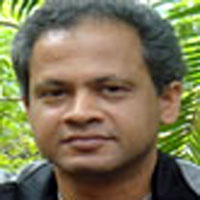 He ruled out people opting for wearable devices over smartphones.
He ruled out people opting for wearable devices over smartphones.
According to the Wearable Electronics Market and Technology Analysis by Markets and Markets, a US-based global market research and consulting company, the global wearable electronics market was worth more than $2.5 billion in revenue in 2012 and is expected to cross $8 billion in 2018.
Wearable Electronics, often also referred to as wearable computing or wearable technology, are also contributing to the increase use of Big Data.
Milind Bhandarkar (Left), chief scientist, Pivotal, who spoke on Emerging Big Data Technologies & Platforms, said, “Hadoop has really democratised big data.”
Apache Hadoop, which was founded in 2006, is an open-source software framework for storage and large-scale processing of data-sets on clusters of commodity hardware.
Bhandarkar told Rediff.com it came out of the problems that Google was then facing in trying to get all Internet content, every web page that was available on the Google data centre and analyse that to make it available through a searchable index.
Click on NEXT for more...
Wearable devices, the big talking point at tech pros' meet
Image: Apache Hadoop, which was founded in 2006, is an open-source software framework for storage and large-scale processing of data-sets on clusters of commodity hardware.Photographs: Kind courtesy, opensourceforu.com
Bhandarkar, a former Hadoop Solutions Architect, said Yahoo! was the first large-scale deployment and first adopter of open source Hadoop: “We started at Yahoo! with a small 600-machine cluster running Hadoop and in five years Hadoop was running on 45,000 machines across three different data centres at Yahoo! and it was storing and analysing and processing more than 170 petabytes of data.”
Asked about the way big data was growing, Bhandarkar said almost 70 per cent of the data in this world was being generated by end users — consumers — either and even wearable devices.
“What we are seeing happening is the whole sensor technology is getting so cheaper that my iPhone itself contains 40 different sensors,” he said.
The second thing that has happened was cheap connectivity and better power consuming; now people can have remote sensor devices they have not even directly connected and still send gigabytes of data per minute to the central computing facility.
“So if you are looking at six to seven million people who will eventually connect to the Internet, the number of ‘devices’ that will connect to the Internet are going to be 500 billion,” he said.
The big challenges of Big Data he said was, “How are we going to keep that and analyse that?”

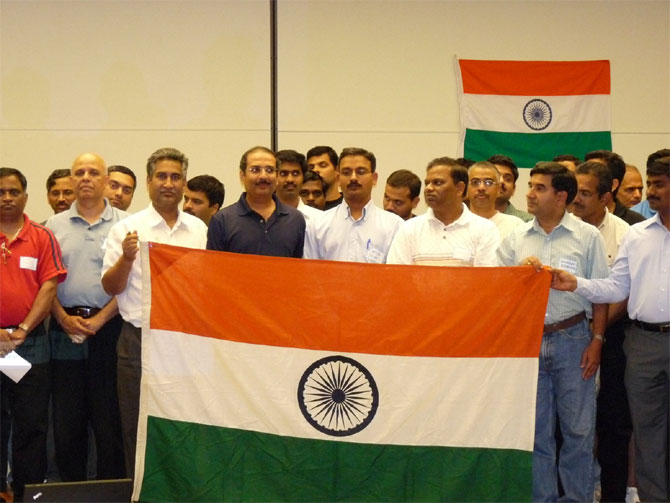
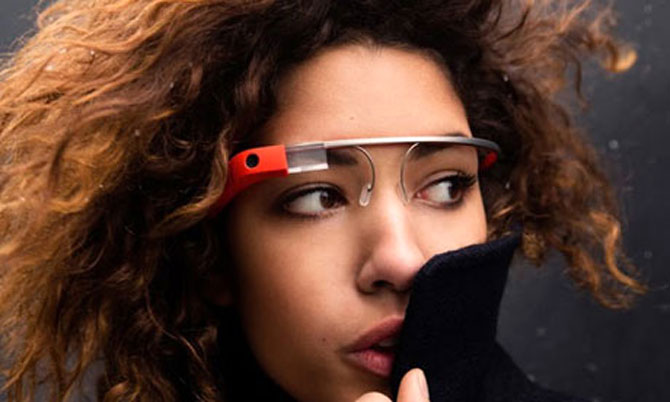

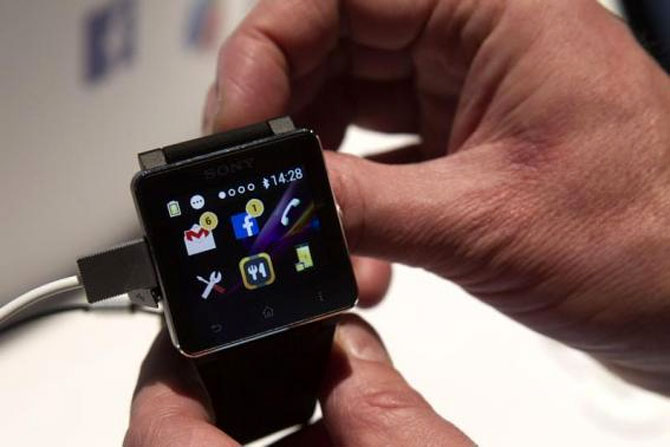
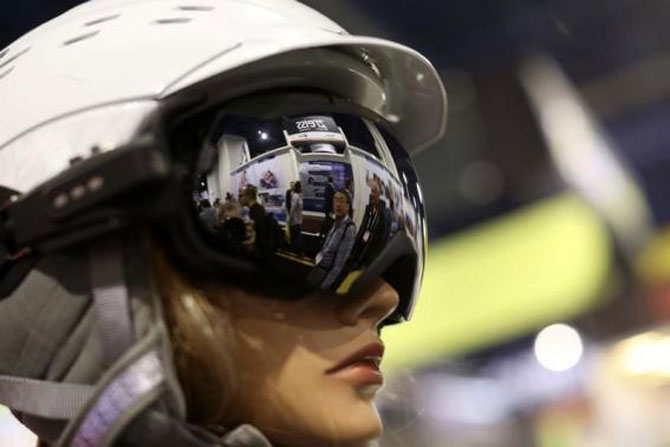
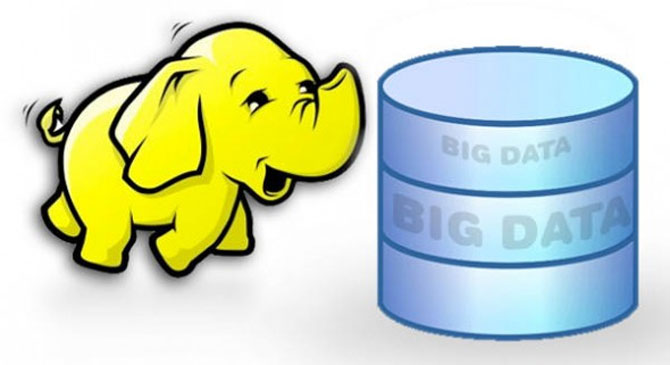
article